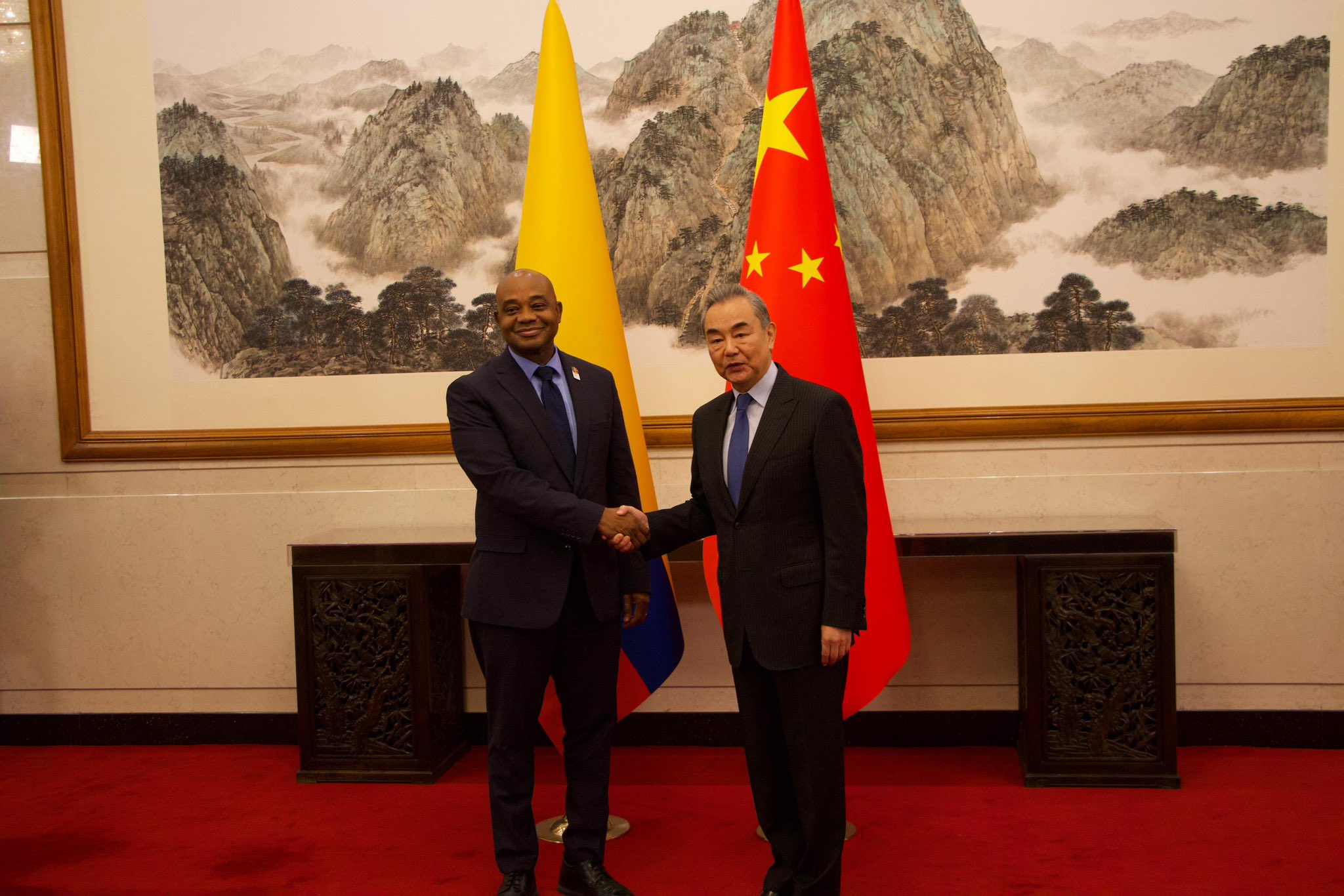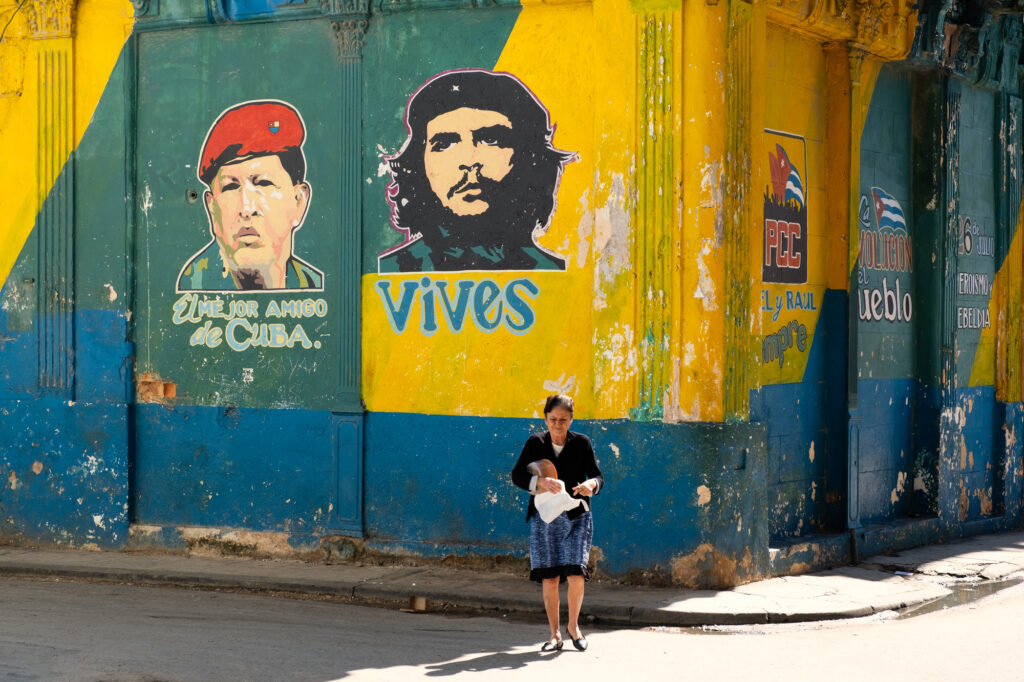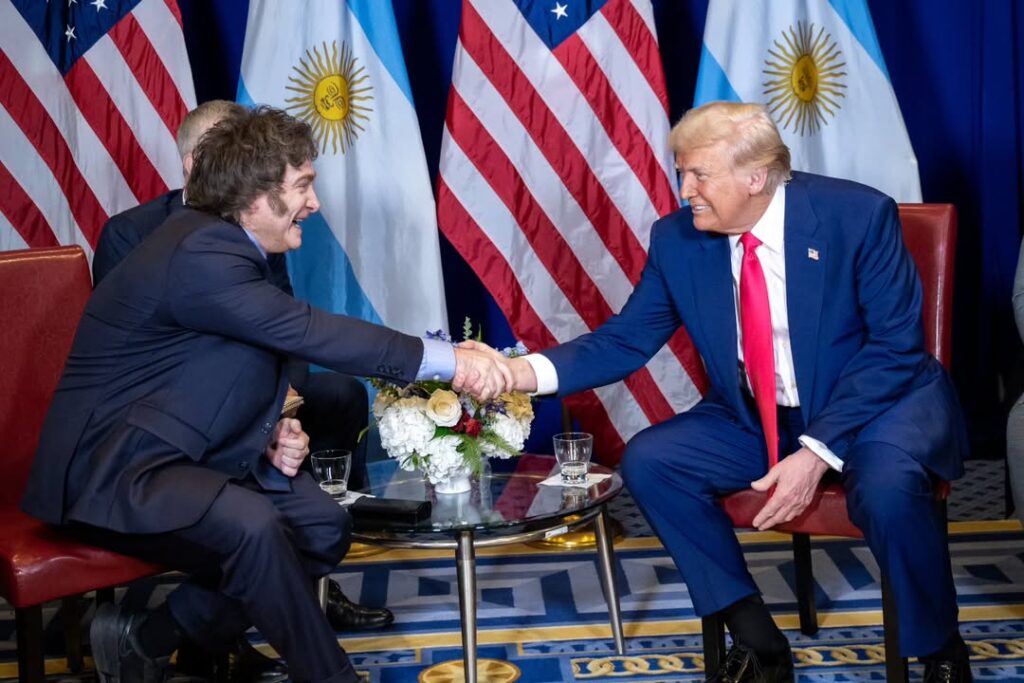Colombia and China have established a joint working group to discuss plans for the Latin American country’s accession to the Belt and Road Initiative (BRI). Also known as the “New Silk Road,” the BRI is a massive investment programme by the Chinese state in infrastructure projects across the globe.
During a four-day visit to Beijing starting on October 9, Colombian Foreign Minister Luis Gilberto Murillo met with his Chinese counterpart, Wang Yi, to discuss deepening ties between the two nations.
The new working group will see ministries from both countries discuss a further alignment in areas including trade, foreign affairs, tourism and finance.
The four-day trip to China by Minister Murillo marked a year since the signing of a “strategic partnership” between the two countries in which President Gustavo Petro signalled a desire for closer ties. The largely symbolic partnership has now been bolstered by a commitment to practical cooperation between the two nations.
According to France24, the Colombia government hopes to formally join the Belt and Road Initiative next year, to mark 45 years since the two nations established diplomatic ties. Colombia would be one of the last nations in the region to accede to the initiative, which counts 22 Latin American and Caribbean countries as signatories.
Colombia’s top diplomat said on October 10 that he expects the two governments to reach the next stage of negotiations within months.
“There are some details that we need to discuss to get into an agreement. If we overcome that, we will be ready to move into the next phase, which is the signing of a Memorandum of Understanding. That will take a couple of months,” he said.
Colombia already enjoys close economic ties with China, which is its second largest trade partner after the United States.
Chinese finance is also central to many ongoing infrastructure projects in Colombia. The Asian superpower has a dominant stake in Colombia’s largest hydroelectric dam and is helping to fund large railway and road developments. Chinese capital is also active in the construction of the Bogotá Metro and extensions to Medellín’s rail system.
Despite these projects, Colombia is only China’s fifth largest trading partner in Latin America. Accession to the scheme is expected to unlock further investment and trade in areas including telecommunications, ports, water infrastructure, energy, and mining.
China has made substantial inroads in the region in recent decades, with its trade in Latin America growing ten fold over 20 years.
Some observers note that the superpower’s growing ties with Colombia may suggest a distancing from the US, its long-standing ally.
Minister Murillo dismissed these claims, insisting that Colombia is open to investment from all parties.
“We need lots of resources, which our allies can provide us, both in the developed north and in countries like the People’s Republic of China,” he said.











